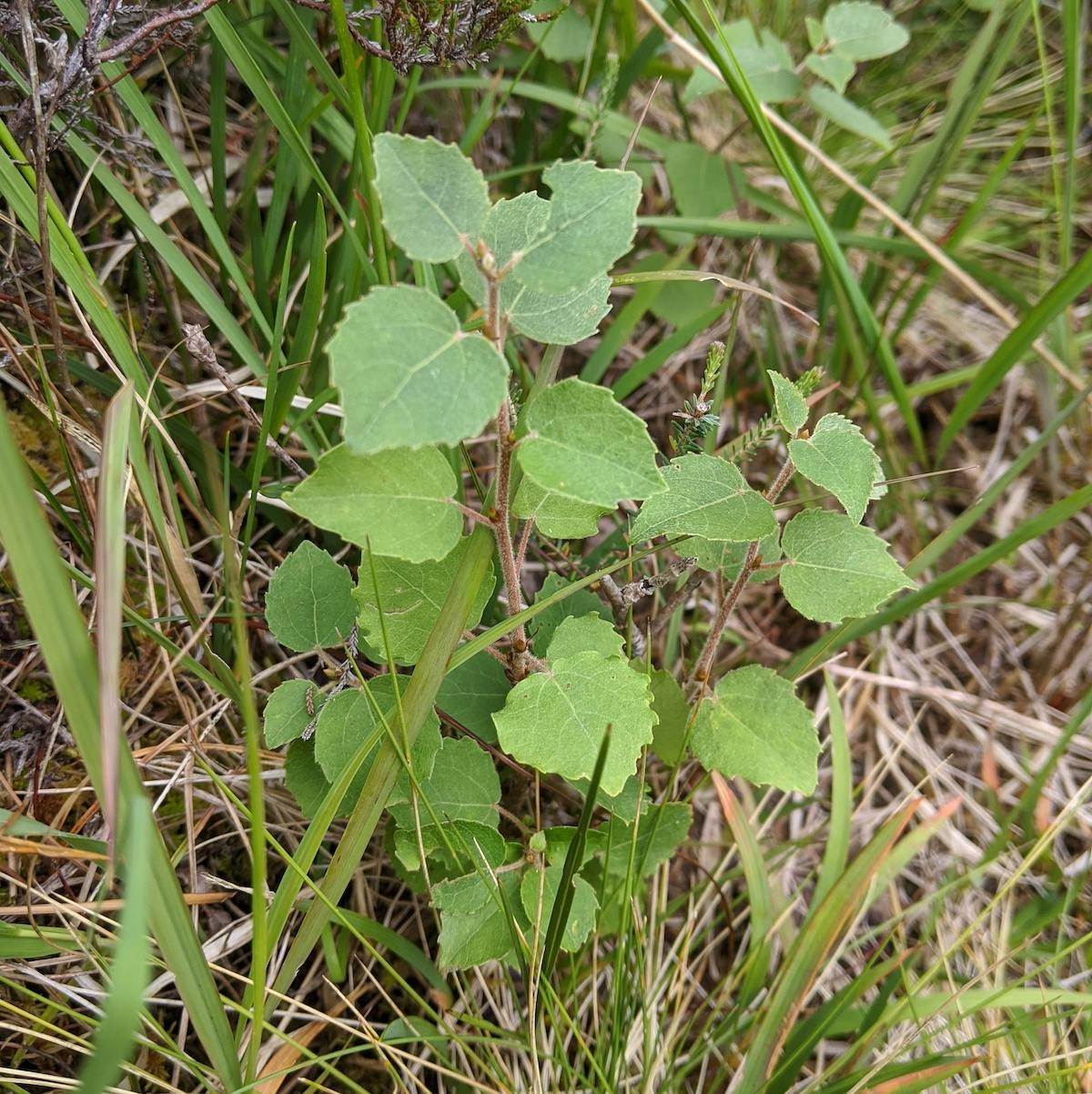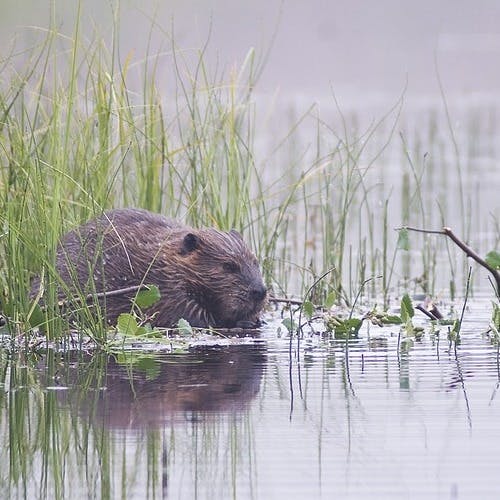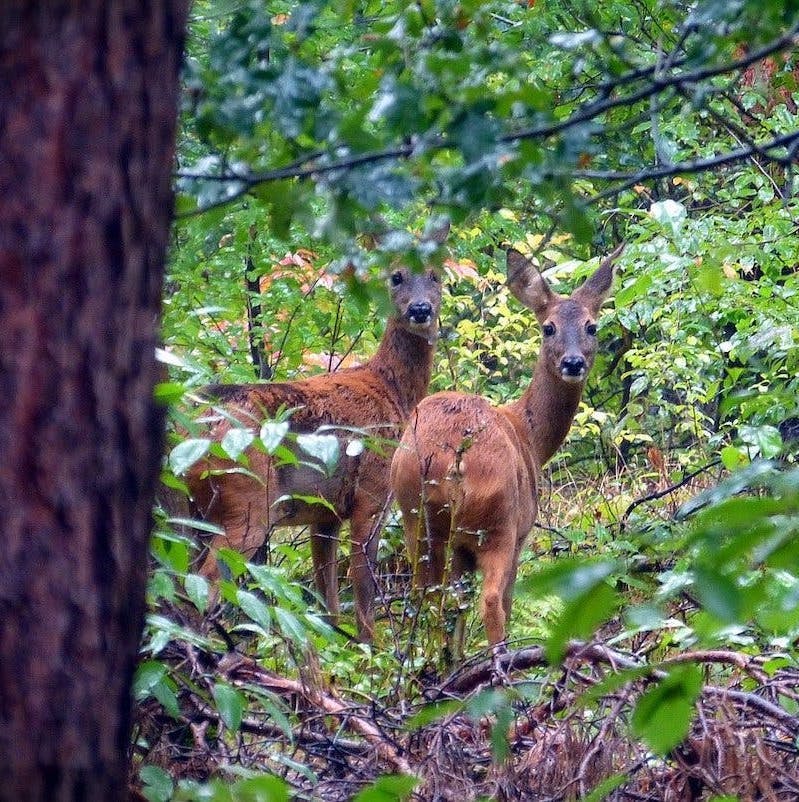Eurasian aspen (Populus tremula) is a keystone species that is largely missing from Scottish woodlands today. In Europe, its often found alongside birch, rowan, willow, and alder in the broadleaf component of northern coniferous forests. Together, they can occupy around 15-20% of the forest. In Scotland, aspen mostly exists as small, isolated fragments often consisting of single relict trees. To restore the natural diversity of the native pinewoods and return aspen to the landscape, we are partnering with Alladale Wilderness Reserve on a long-term project to plant and support the natural regeneration of aspen trees on the reserve.
Project Timeline
April 2021
Project gets underway with the planting of 500 trees in Glen Alladale. Naturally regenerating trees in Glen Mor are protected from deer browse with fencing.
Autumn 2021
Planting season begins again.
The Intervention
Beginning in Spring 2021, we launched a long-term partnership with Alladale to plant and protect aspen trees on the reserve. We hope to significantly increase the amount of aspen on the reserve by planting open areas with trees grown in nurseries and by protecting naturally regenerating aspen from deer browsing with fences. We will focus our efforts in riparian areas where aspen play an important role in stabilising the river bank, creating shade and providing nutrients in the form of leaf fall. In doing so, we will also improve the suitability of the reserve for beavers in the event of their return in the future.

Learn More About the Context Behind this Project
Why is this Species Important?
Aspen is considered to be a keystone species because of its ecological importance for other species. It provides vital habitat for a number of invertebrates, including aspen hoverfly (Hammerschmidtia ferruginea), an endangered species in the UK, as well as a diversity of lichen and bryophytes. Aspen is an important source of food for wildlife like, the Eurasian beaver (Castor fiber), and provides important nesting sites for several species of hole nesting birds, including various species of woodpeckers. In Europe, aspen stands have been shown to be used by capercaillie (Tetrao urogallus), another endangered species in Britain and of great conservation concern.

Why Do They Need Protecting?
Historical management of Scotland’s woodlands for timber meant that non-useful trees, like aspen, were removed. This, coupled with the fact that aspen is one of the most palatable trees to deer and other herbivores, has reduced aspen in Scotland to small isolated fragments. High densities of deer are now limiting the regeneration and return of aspen to the Scottish landscape. Aspen also rarely produces seeds in Scotland, reproducing mainly by new shoots, called ramets or suckers, growing directly from the root systems of mature trees. As a result, once aspen is removed from a site, it is very slow to colonise.

Sources & further reading

- “The Biodiversity and Management of Aspen Woodlands” - Cairngorms
- “European aspen ( Populus tremula L.): a review with particular reference to Scotland I. Distribution, ecology and genetic variation” - Forestry